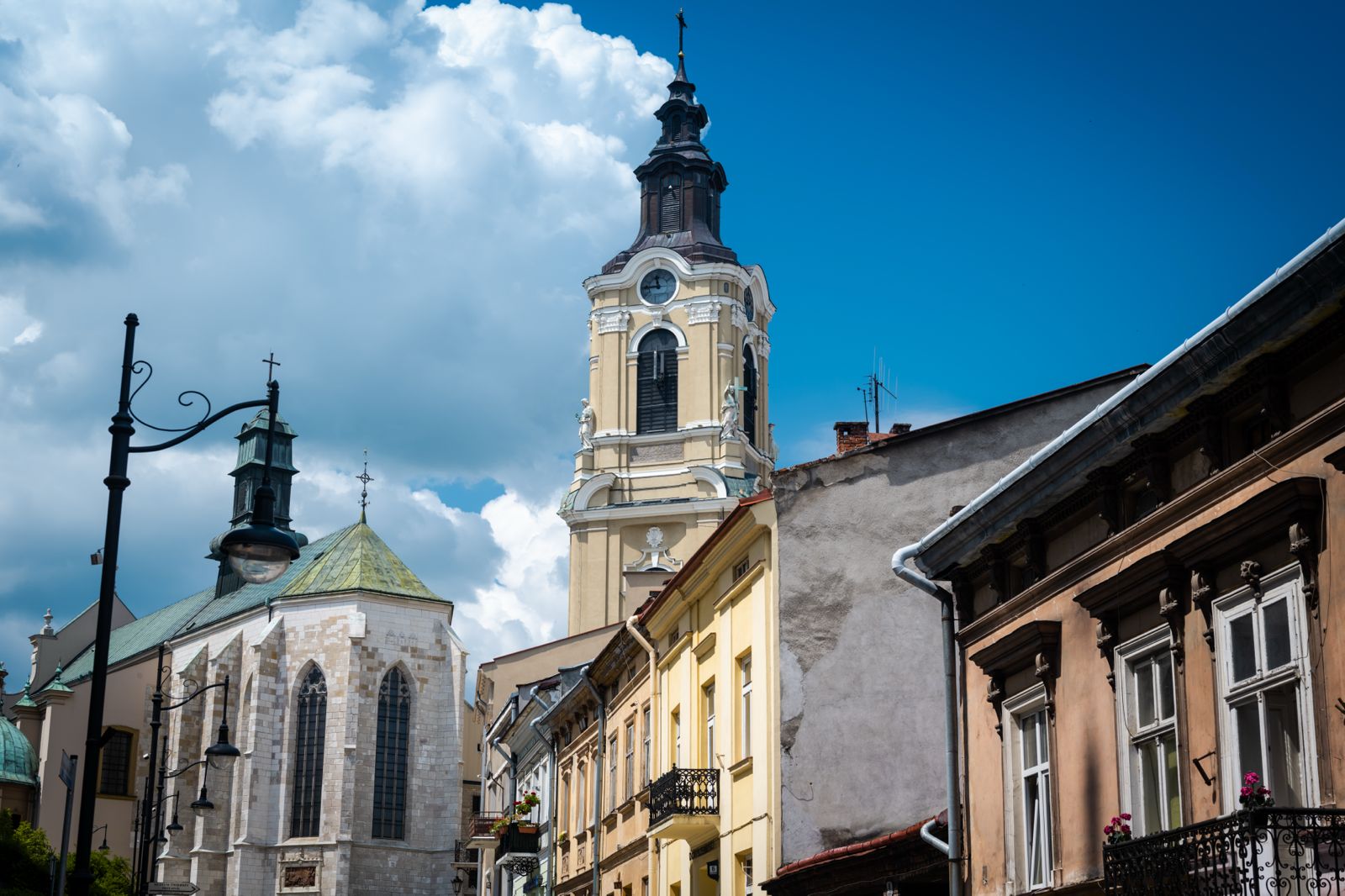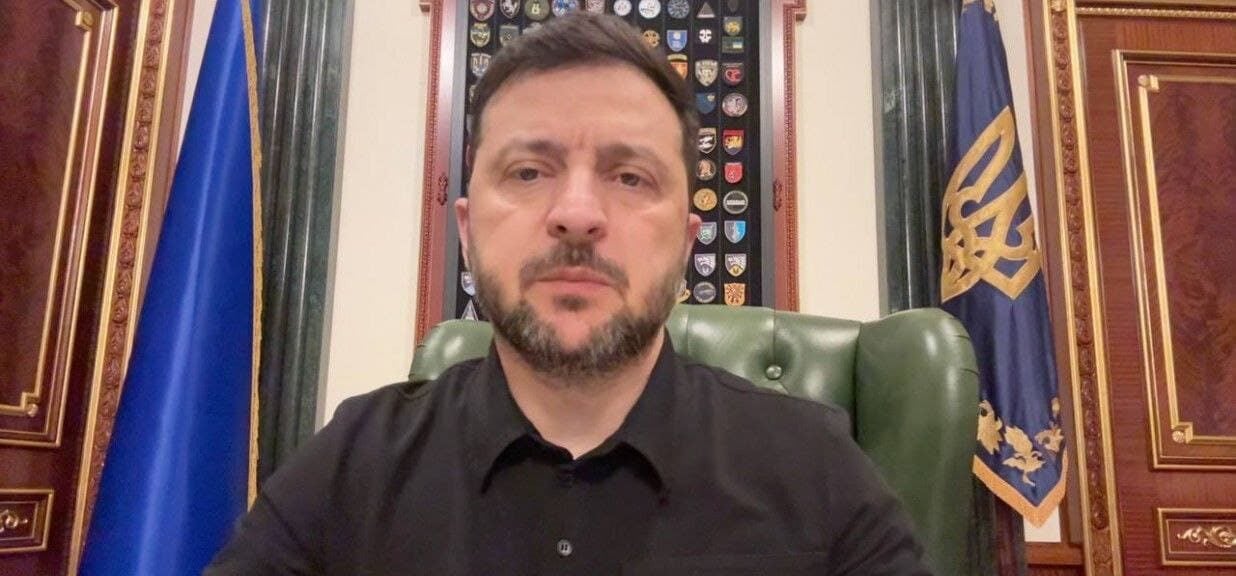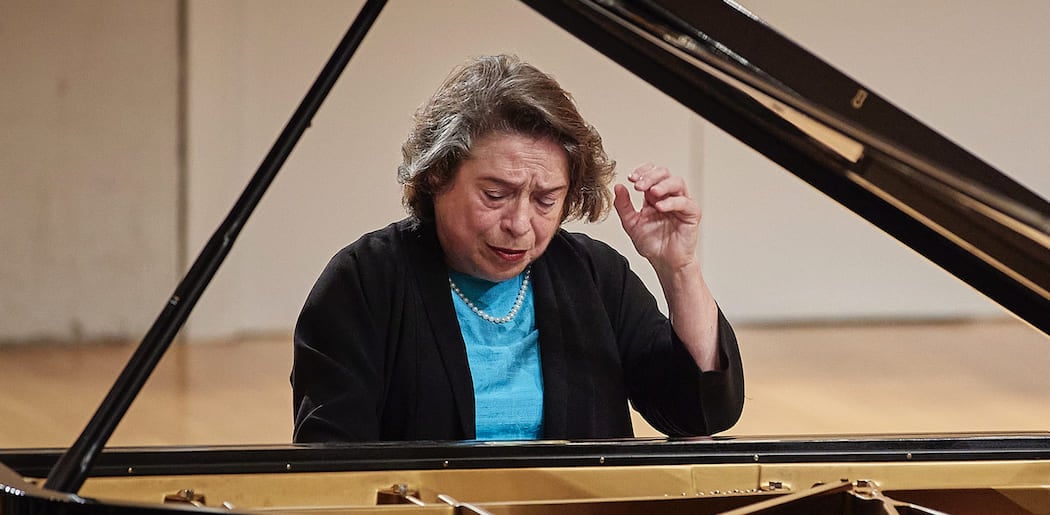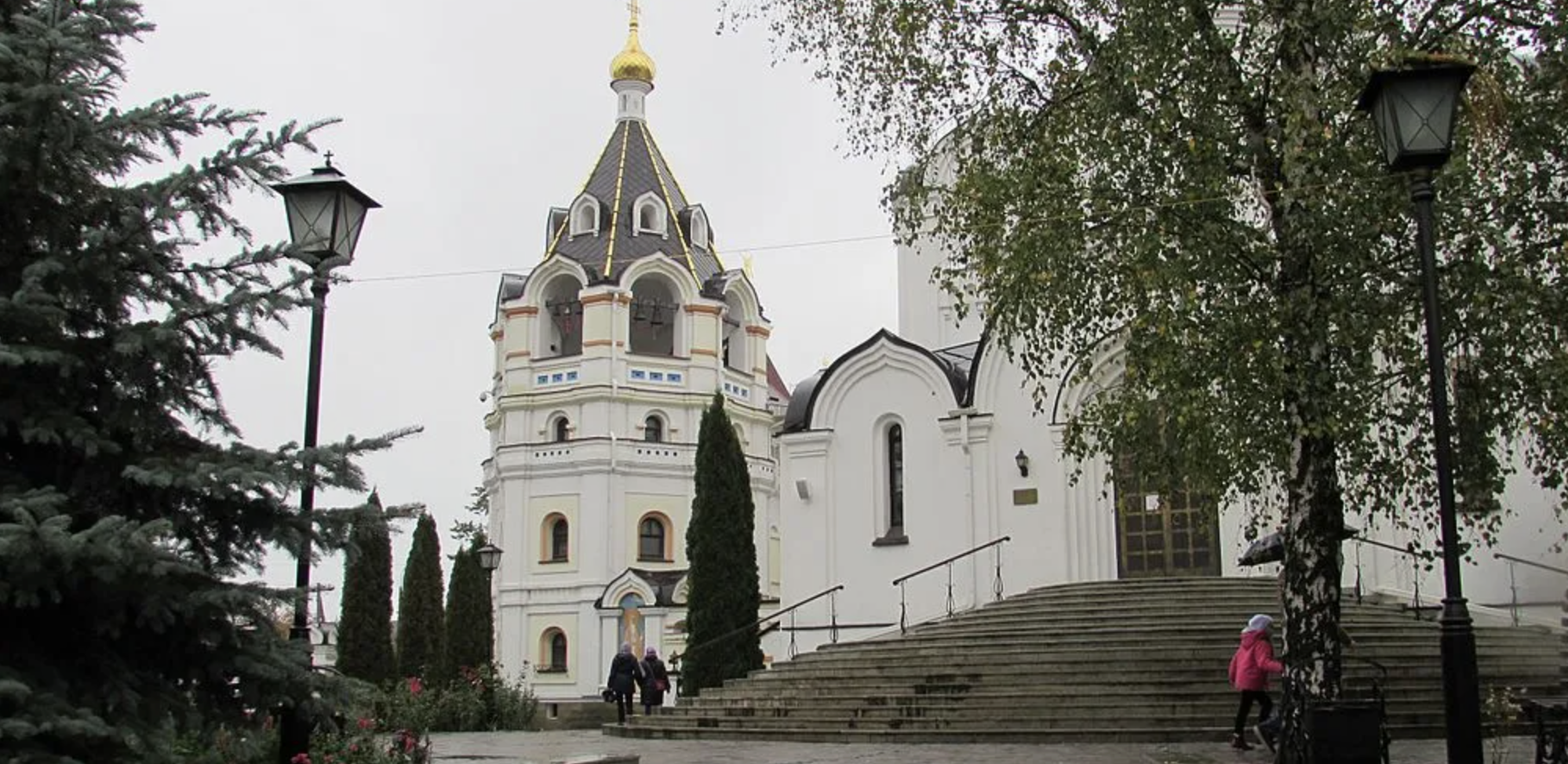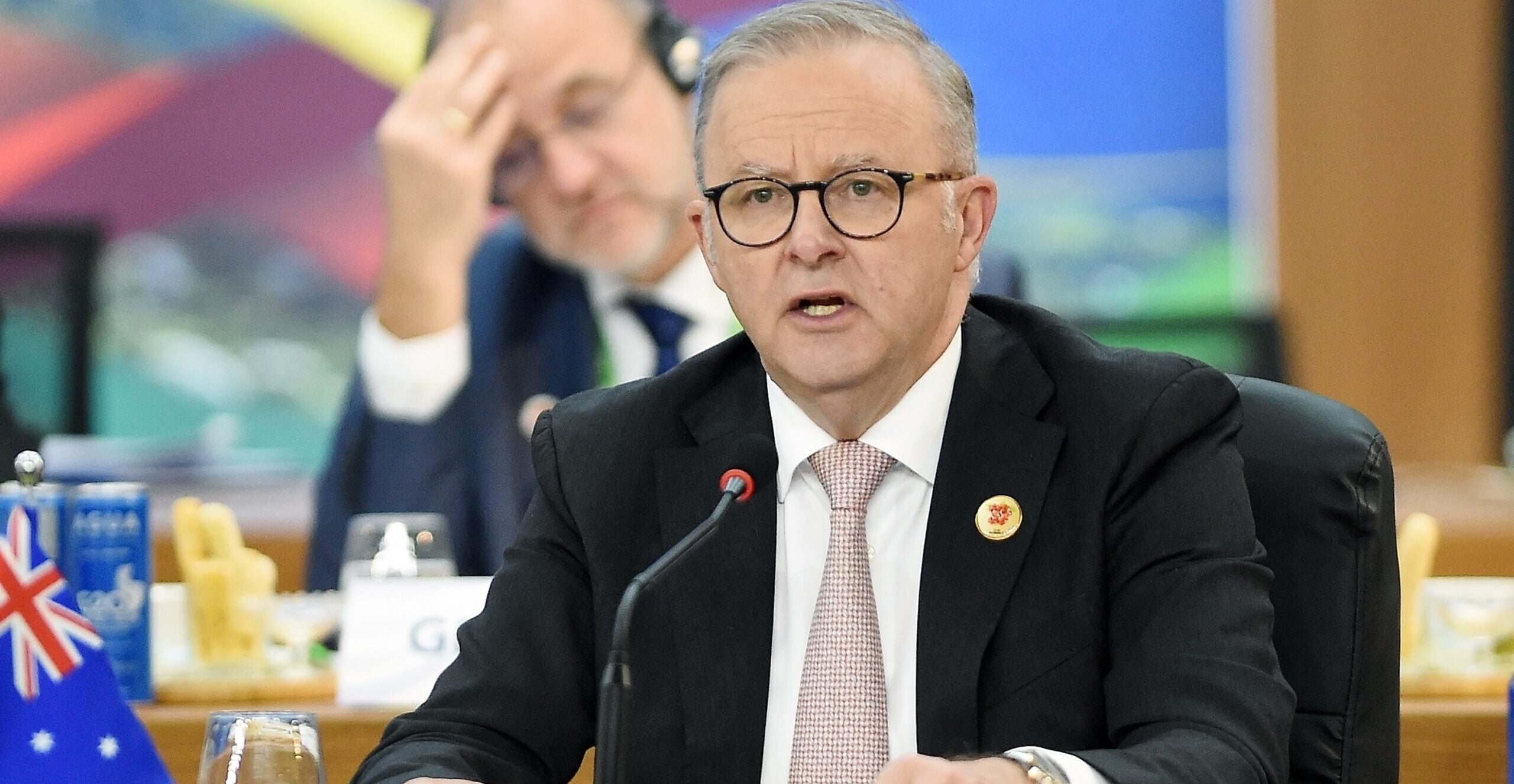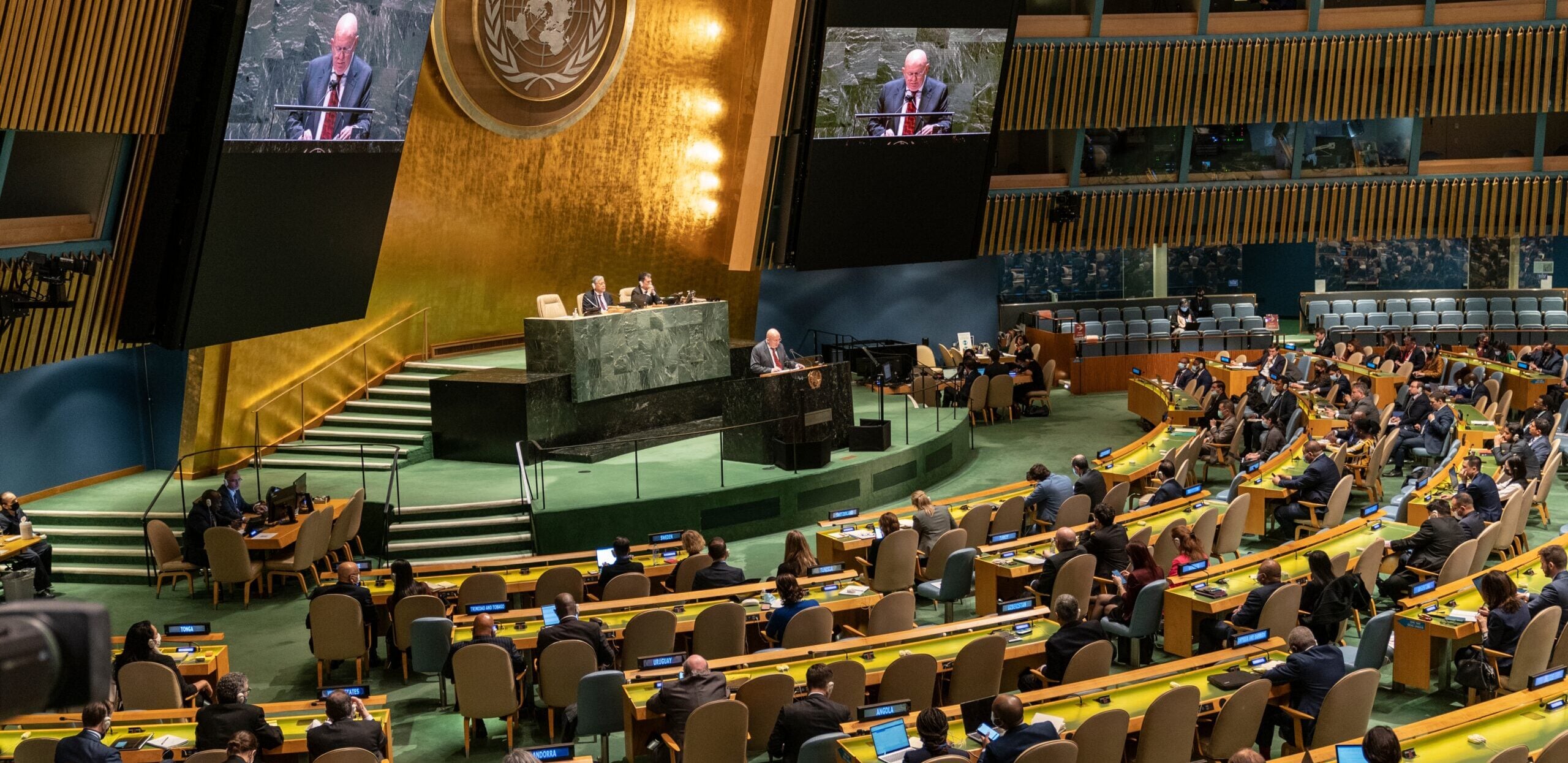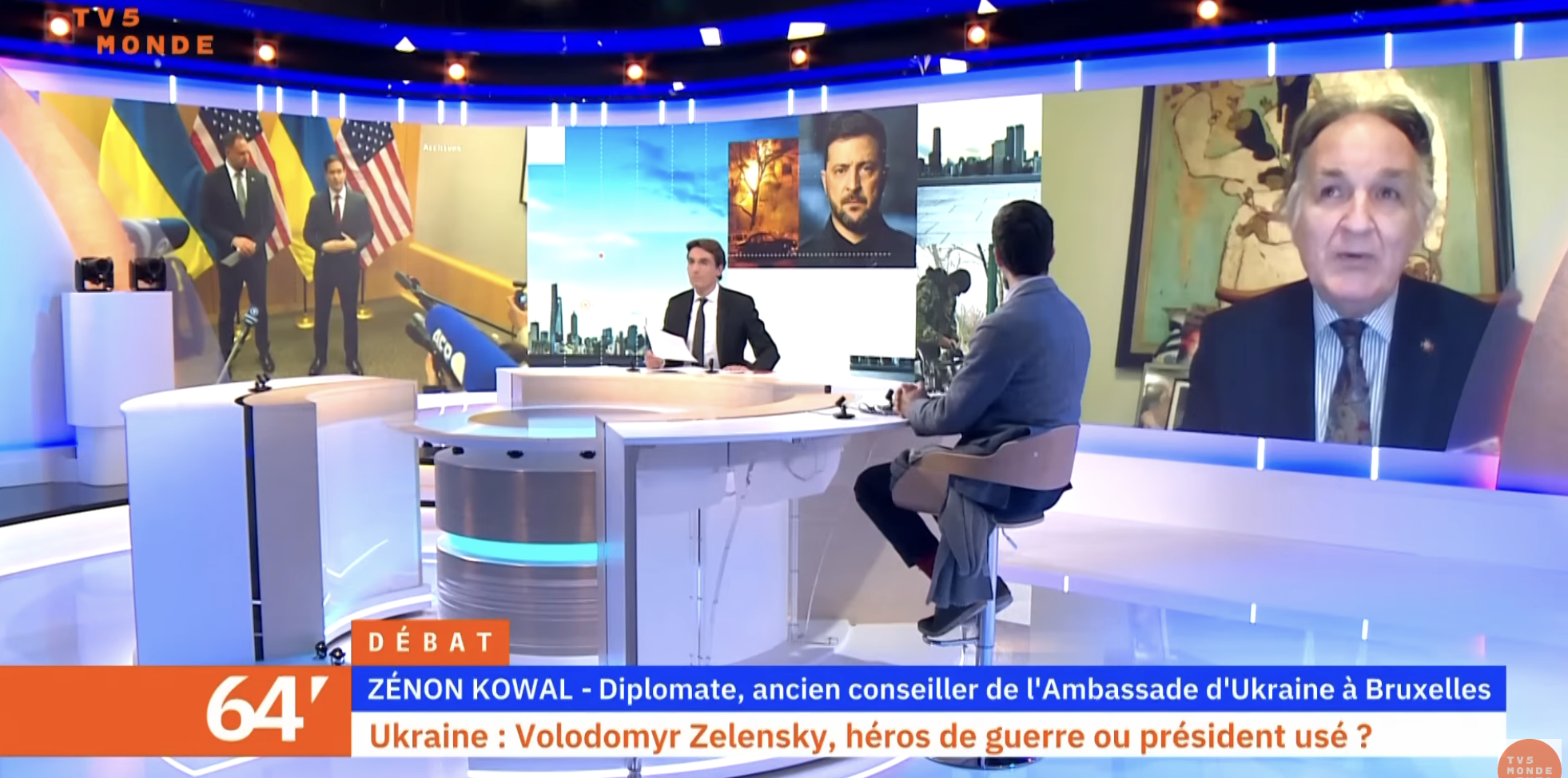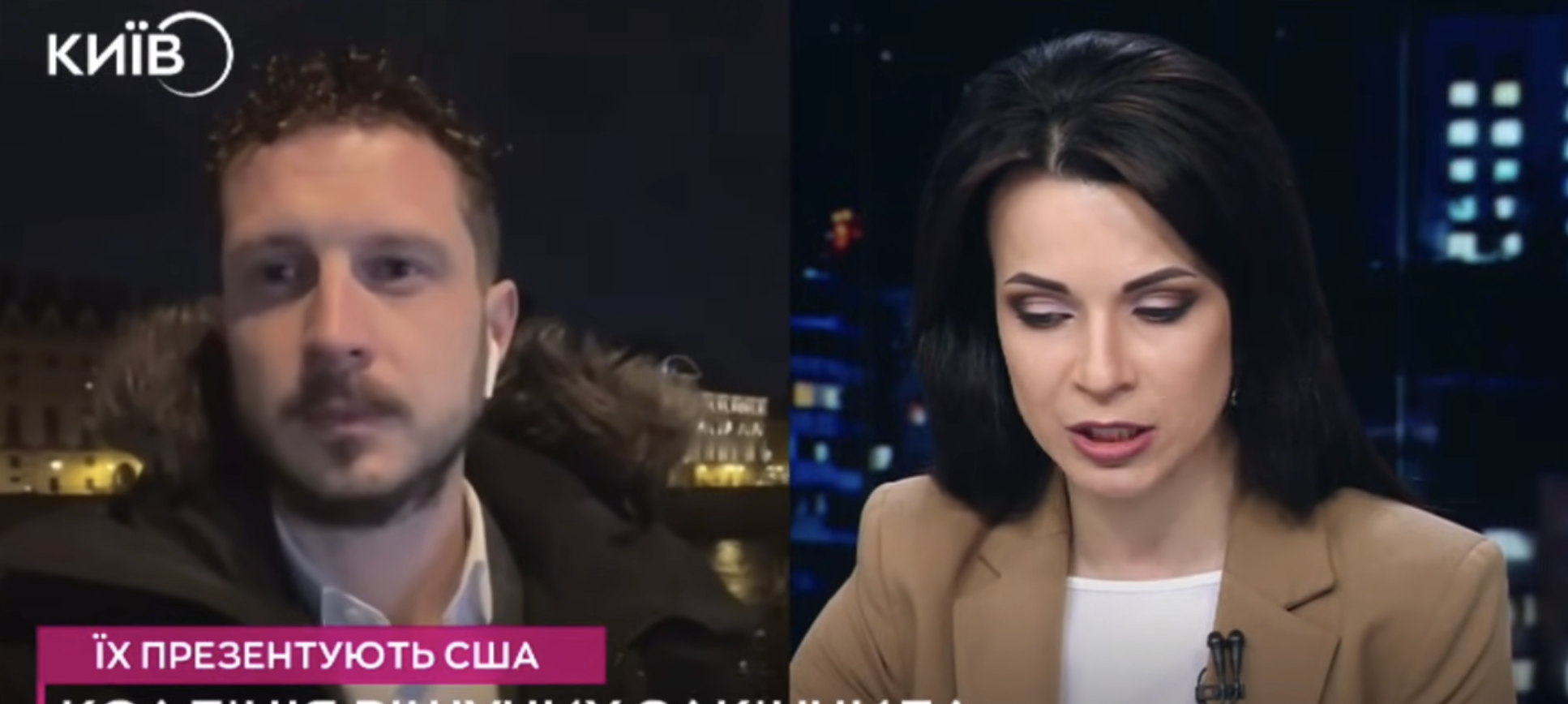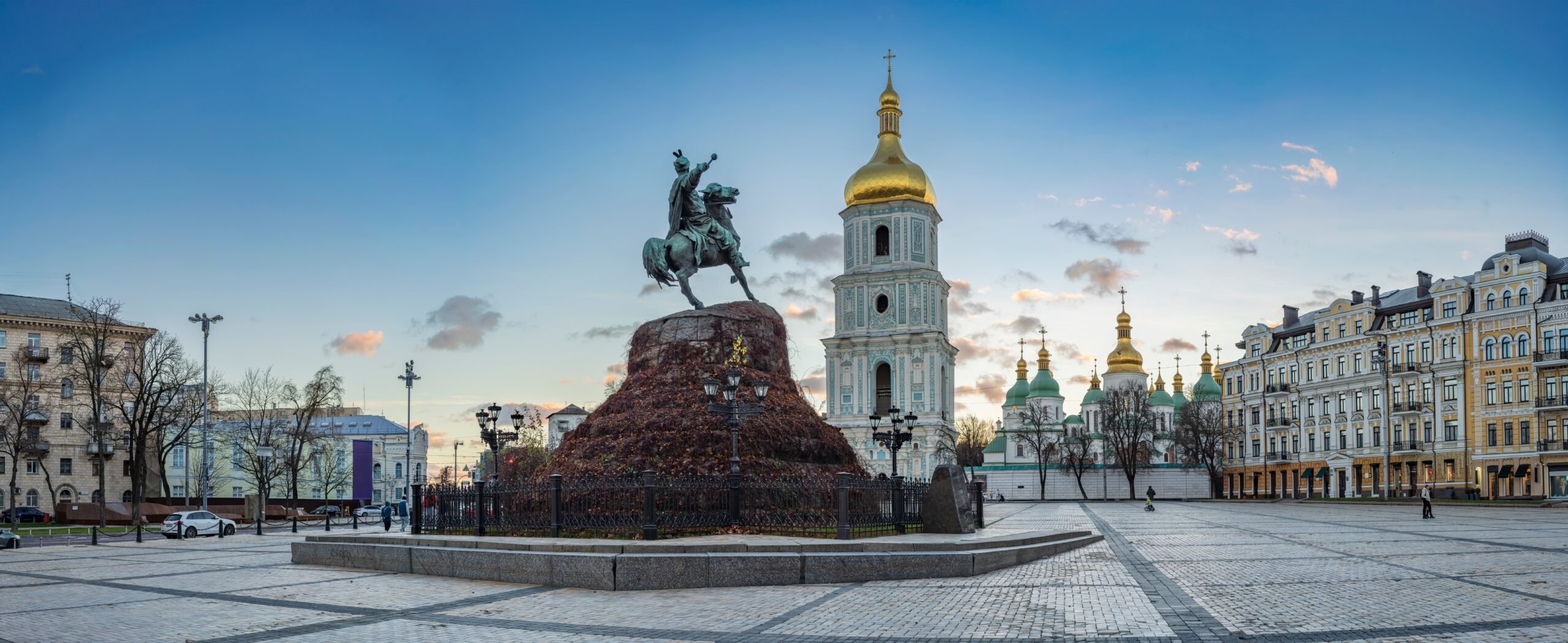
by Lesia Koltykova, communications specialist and co-founder of the Casa de Ucrania (Ukrainian House) in Mexico; and Iryna Hryshchuk, president of the Ecuadorian-Ukrainian Association
In 2015, after the terrorist attack at the French satirical weekly Charlie Hebdo, the world erupted with the slogan “Je suis Charlie” (“I am Charlie”), coined by a Frenchman of Ukrainian descent Joachim Roncin.
In 2019, news of the Notre Dame cathedral fire spread across global media and sparked widespread discussion on social networks. Even near the equator, Ecuadorians — most of whom had never been to France and did not speak French — followed the story with keen interest and empathy. In stark contrast, in September 2025, only five people attended a screening of the Ukrainian documentary Special Operation at the 9th Cámara Lúcida International Film Festival in Ecuador.
Why is it that, in the twelfth year of Europe’s bloodiest war since World War II, Ukraine is losing the information war and often struggles to reach audiences in certain countries?
First, it must be recognized that the world, especially across the ocean, knows very little about Ukraine — or in some cases, has little interest in learning. Most information about our region is filtered through over a century of Russian propaganda, which has acted systematically and deliberately. Even the grandparents of today’s opponents were captivated by the “greatness of Russian culture,” impressed by Russian soft power, and blinded by the Potemkin-style facades Russia has tirelessly presented to the world in its various state forms.
For example, over a third of the works performed by Mexico’s leading symphony orchestra are by “Russian composers,” while Italian and German composers are far less represented. Ask any classical musician, independent of national context, and they will affirm the historical significance of these schools in world music — but this dominance shapes public perception.
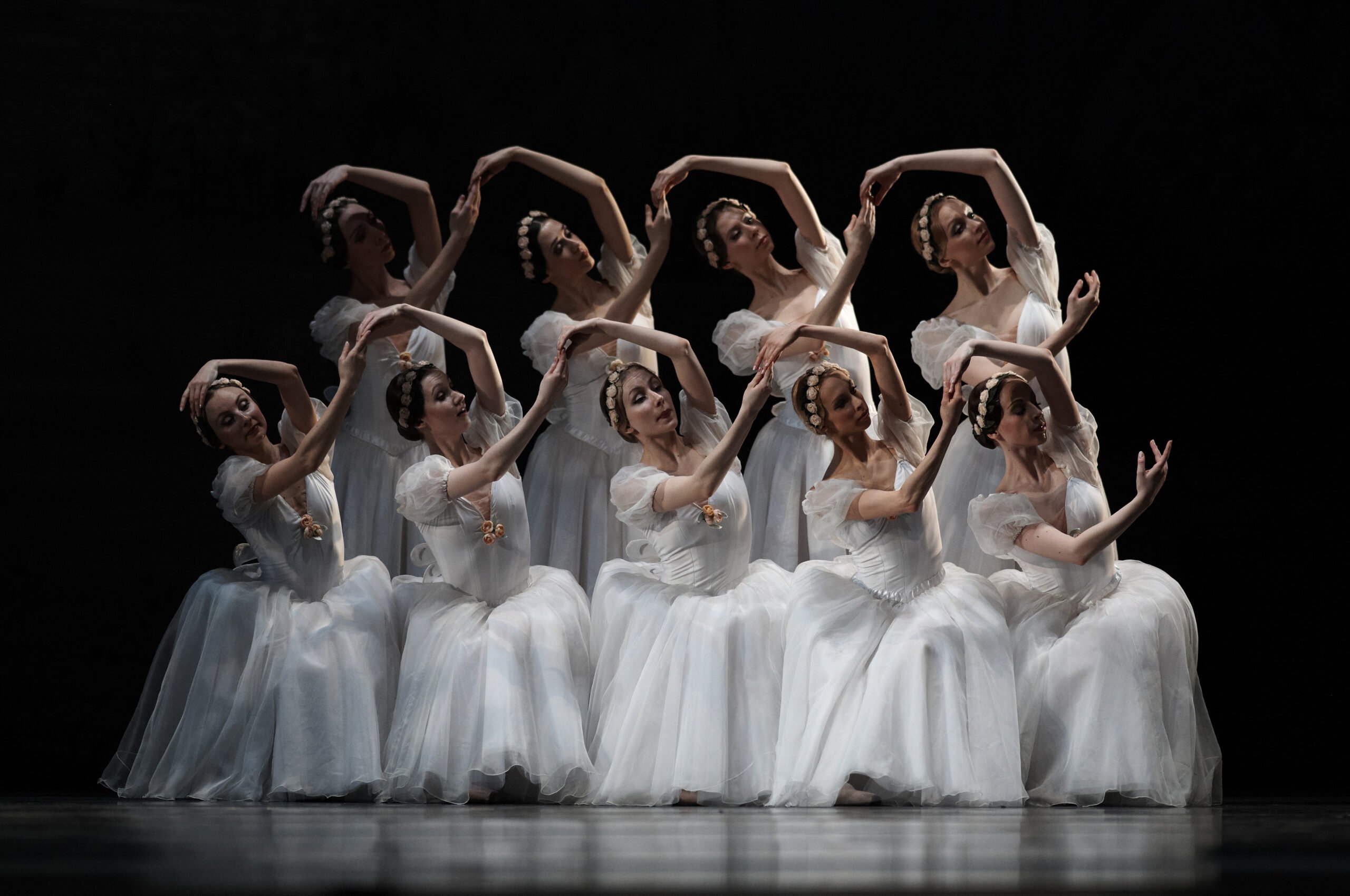
Given this discourse, directly promoting Ukrainian narratives often proves ineffective. People raised on stories of Russia’s “magnificent civilization” who have never experienced the realities of the Russkiy Mir (Russian World) will have little emotional response to pro-Ukrainian protests, calls for Russia’s dissolution, or even reminders of Ukraine’s sovereignty and appeals to international law. The more people know about a country, the more they identify with its culture, and the more they value its role in modern civilization, the more likely they are to engage emotionally during crises — whether natural, man-made, or deliberately orchestrated.
Additionally, in Latin America, Russia is often perceived as an antagonist to the U.S. — a counterbalance to American imperialism, especially among far-left political circles. On the far right, Russia is seen as the “last stronghold of traditional values.”
No matter how inaccurate these perceptions are, Ukraine has long been absent from public discourse and, as an independent state, has lost decades in failing to build meaningful engagement with the region. The Ukrainian Ministry of Foreign Affairs only developed a strategy for relations with Latin American and Caribbean countries after the full-scale invasion, in 2024.
These realities, coupled with sympathy for Russian culture, can understandably frustrate activists, artists, and Ukrainian ambassadors in Latin America. Yet they also highlight the importance of selecting effective, contextually relevant communication strategies that can genuinely shift the information agenda in Ukraine’s favor.
On one hand, it is difficult to act against a century-old Russian discourse entrenched in the region. On the other, the rapid globalization of the 21st century and the internet provide advantages: there is no longer a need to physically transport materials or representatives across oceans. Despite challenges, we do not need 100 years to shift the current discourse; we have a unique opportunity to shape Ukraine’s image here and now, particularly in regions where it is virtually unknown. This requires careful research of the cultural “soil” in which we plant the seeds of Ukraine and Ukrainian identity and acting with sensitivity to local context.
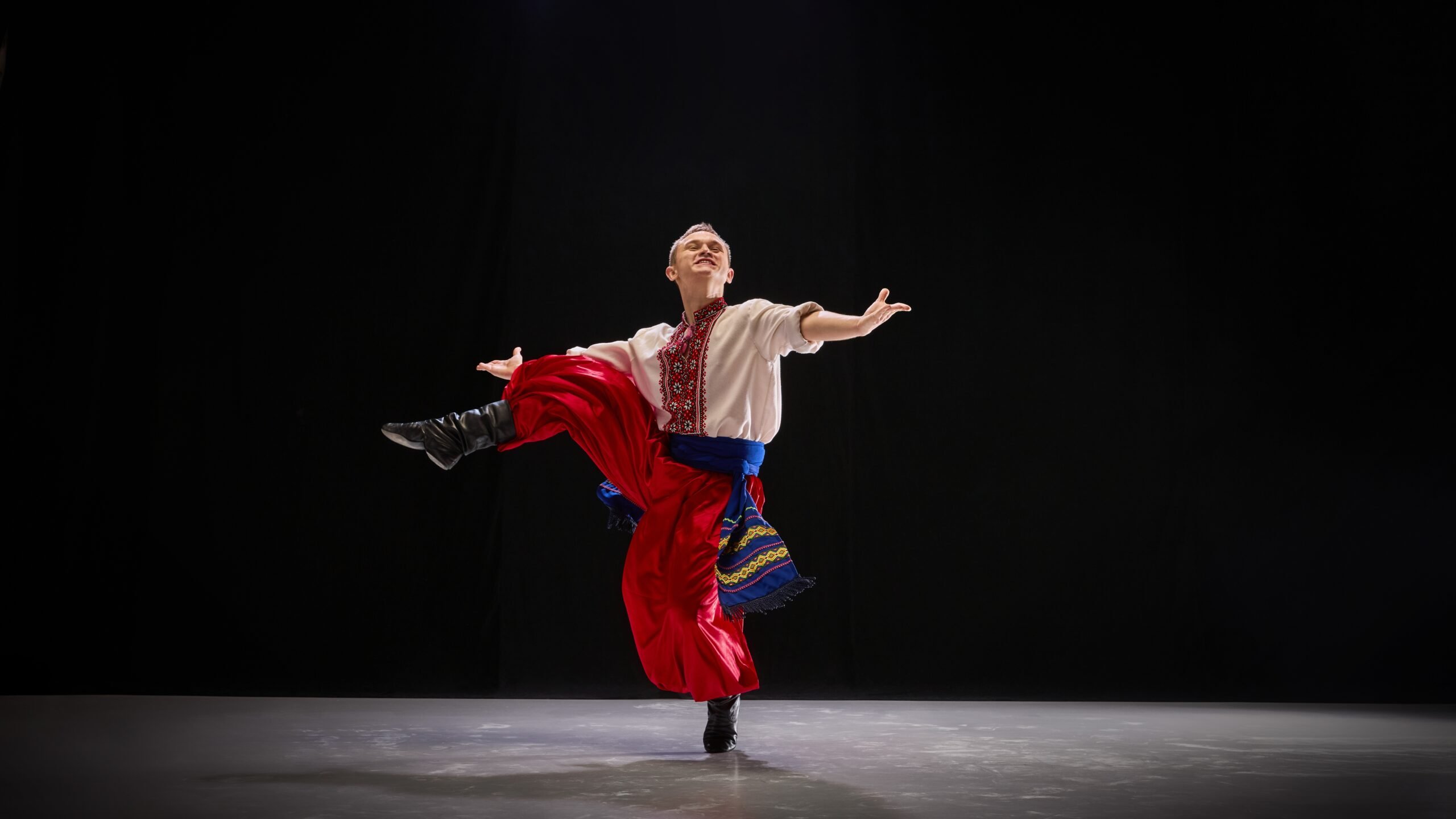 It is also essential to consider the quality and diversity of Ukraine’s representation by diaspora communities in host countries. Often, this involves sentimental portrayals of tradition — embroidery, Easter eggs, wreaths, folk songs and dances, state symbols — which resonate with cultural memory and elicit emotional responses. Yet alone, these efforts are insufficient.
It is also essential to consider the quality and diversity of Ukraine’s representation by diaspora communities in host countries. Often, this involves sentimental portrayals of tradition — embroidery, Easter eggs, wreaths, folk songs and dances, state symbols — which resonate with cultural memory and elicit emotional responses. Yet alone, these efforts are insufficient.
Imagine someone who has never encountered Ukrainian culture, whose first exposure comes through diaspora initiatives abroad. What impression of Ukraine might they form if they only encounter folklore, agrarian traditions, and crafts?
Experience in Latin America shows the need to find relatable entry points, framing Ukraine in ways that appeal to specific groups without foregrounding war, resistance, or occupation. This involves presenting Ukraine through stories of innovation and cultural achievement: Europe’s first constitution, early nuclear research, pioneering organ transplants, creation of programming languages, helicopters, rockets, or decoding the Mayan alphabet. These narratives can engage students and scientists, showcasing Ukraine’s cultural and scientific sophistication rooted in historical continuity.
Ukraine’s national opera and symphonic traditions, operatic theaters of European standard (preceding similar institutions in northern neighbors), and avant-garde artists may attract creative audiences.
Portraying Ukraine as a leading state with deep governance traditions—its cities historically held Magdeburg rights five to ten times more often than Russian cities—helps counter the narrative of a “young” nation or the supposed secondary role of Ukrainian culture relative to “great” Russia.
Historians, museologists, and theologians may be drawn to connections with Ukrainian experts, exploring architectural and urbanist traditions, or discovering ancient cultures like Trypillia and Yamna.
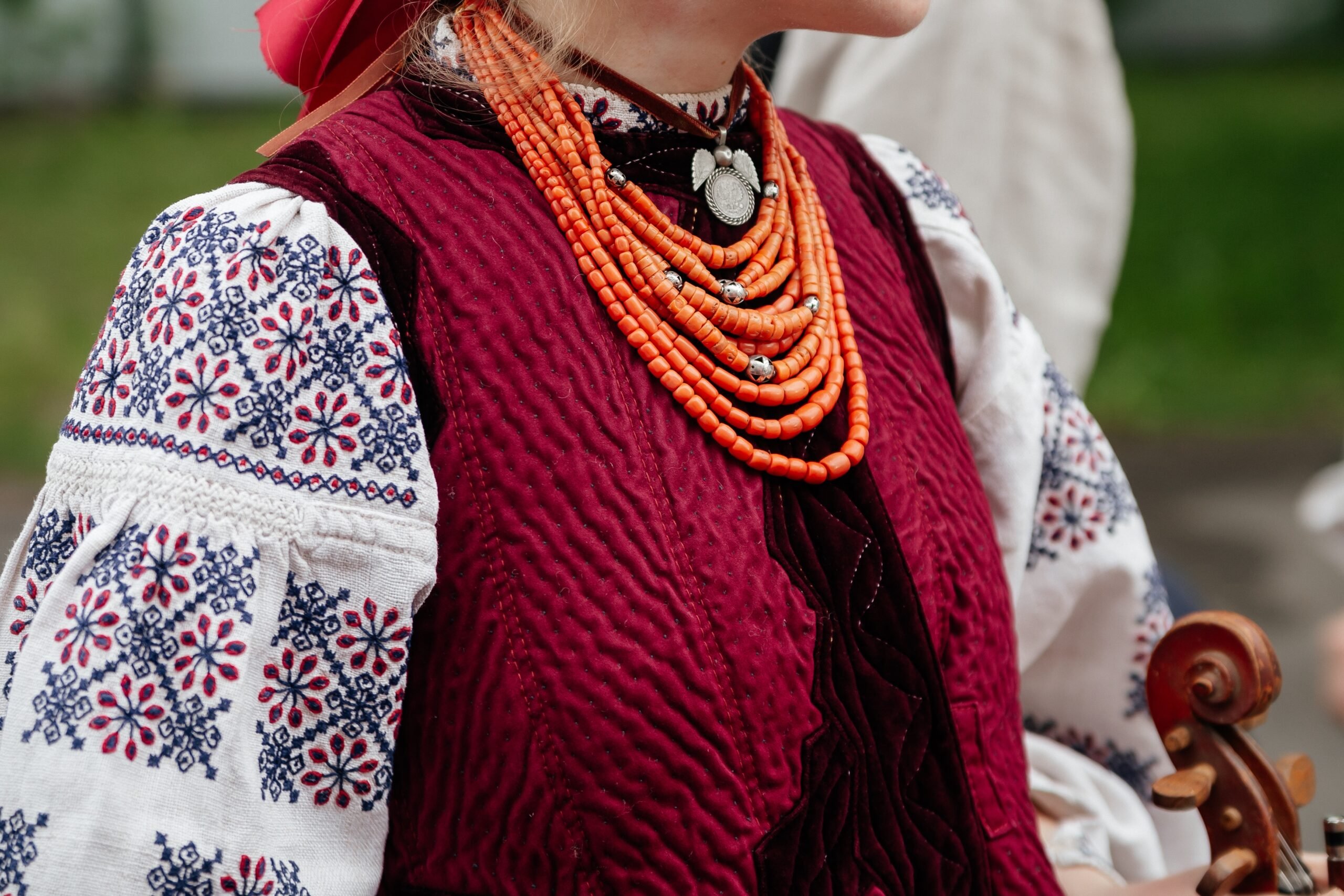 These examples demonstrate the importance of quality first contacts, fostering interest in Ukraine and creating the foundation for emotional engagement in the future. Over time, discussions of Russian occupation and war will naturally arise, often prompted by interlocutors themselves.
These examples demonstrate the importance of quality first contacts, fostering interest in Ukraine and creating the foundation for emotional engagement in the future. Over time, discussions of Russian occupation and war will naturally arise, often prompted by interlocutors themselves.
A two-step communication model can be outlined:
- Contextualization: Adapt content for specific professionals or groups where war or occupation is not the focus.
- Narrative projection: Introduce Ukrainian perspectives, highlighting the destructive impact of Russian state policies and creating a new discourse.
A two-step communication approach can also be applied in other historical and cultural contexts, not only in Latin America or the so-called Global South. It can be used for meaningful collaboration with “smaller nations” historically colonized by Russia. For example, in Northern European countries, a multimedia installation featuring excerpts from Ukrainian dumas and Karelian runes — showing manuscripts and musical instruments like the kobza or kantele — could be of interest. Articles, publications, or presentations could draw historical parallels, highlighting generational continuity among Karelians who fought for Finland’s independence, endured major losses, preserved the values of freedom, and passed them down to their descendants. In Ukraine, a modern example of such inherited values is Denys “Redis” Prokopenko, great-grandson of Karelian warriors and commander of the Azov Corps.
In countries where monarchic traditions remain strong, references to dynastic connections — or explanations that Ukraine’s flag is not simply “sky and wheat” but originates from the golden lion on a blue background of the Galician-Volhynian principality — can open doors to municipal and urban institutions. For instance, one could propose organizing an exhibition within a heraldic society.
In conclusion, cultural initiatives of the global Ukrainian community aimed abroad should be long-term. Over time, institutions always outlast individual personalities. We do not need a century to shift the current discourse, but we do need unity, networking, proactive engagement, and a broad vision.
Photos: Shutterstock
